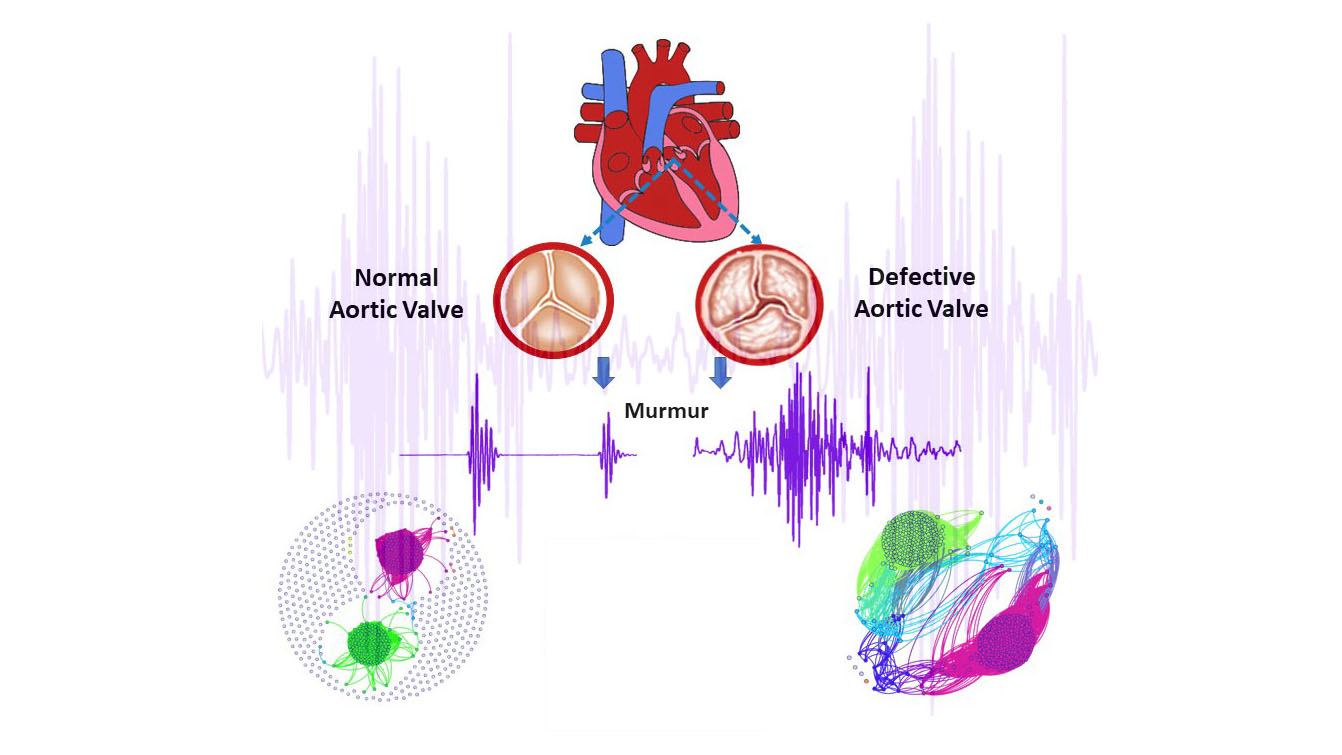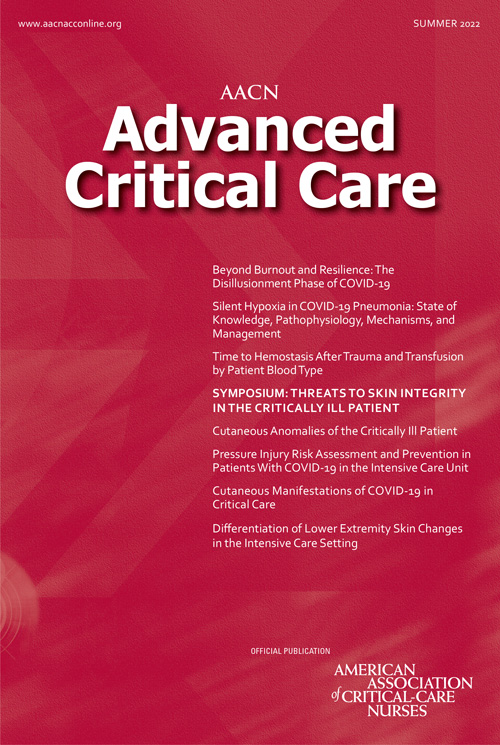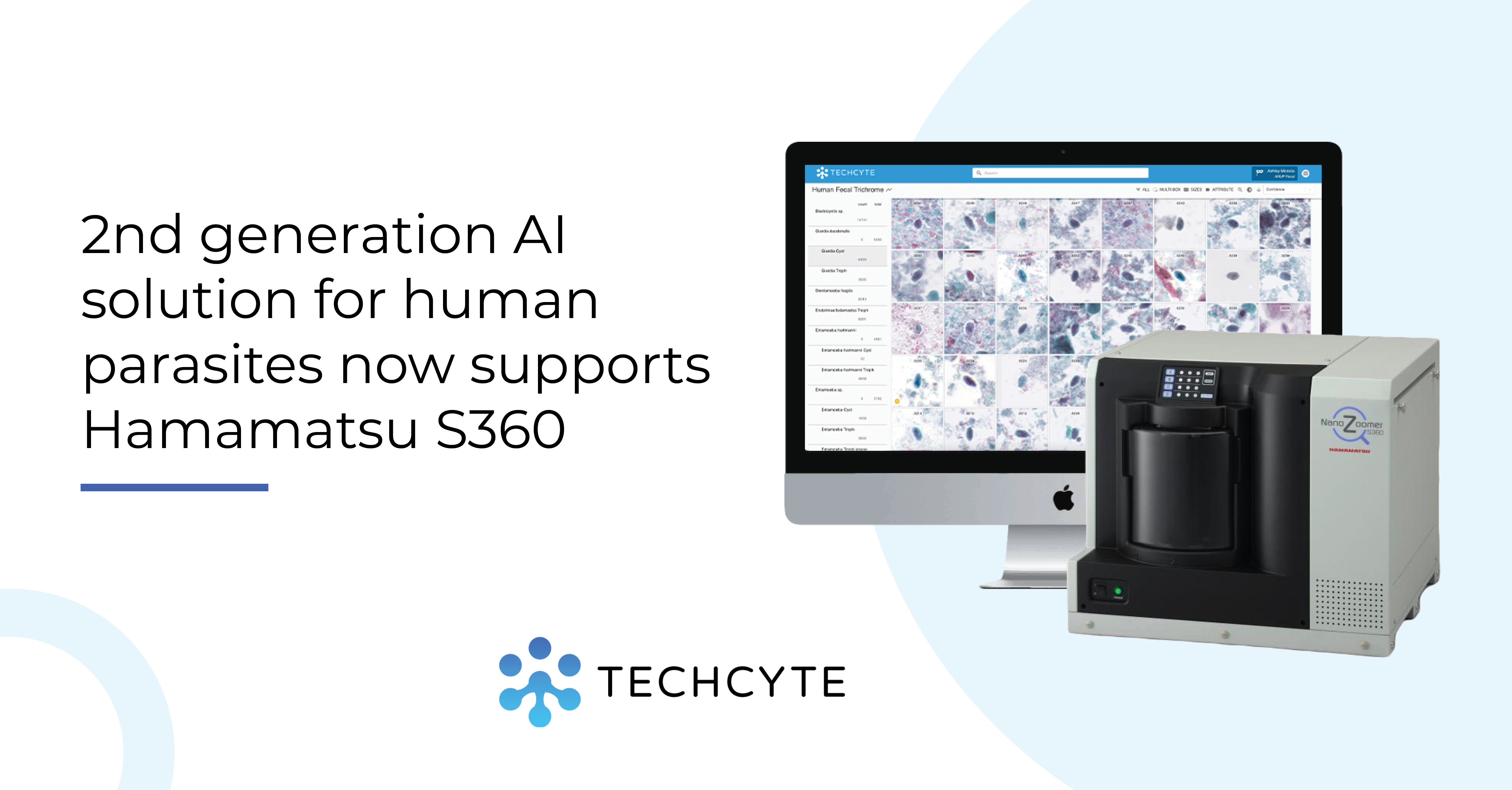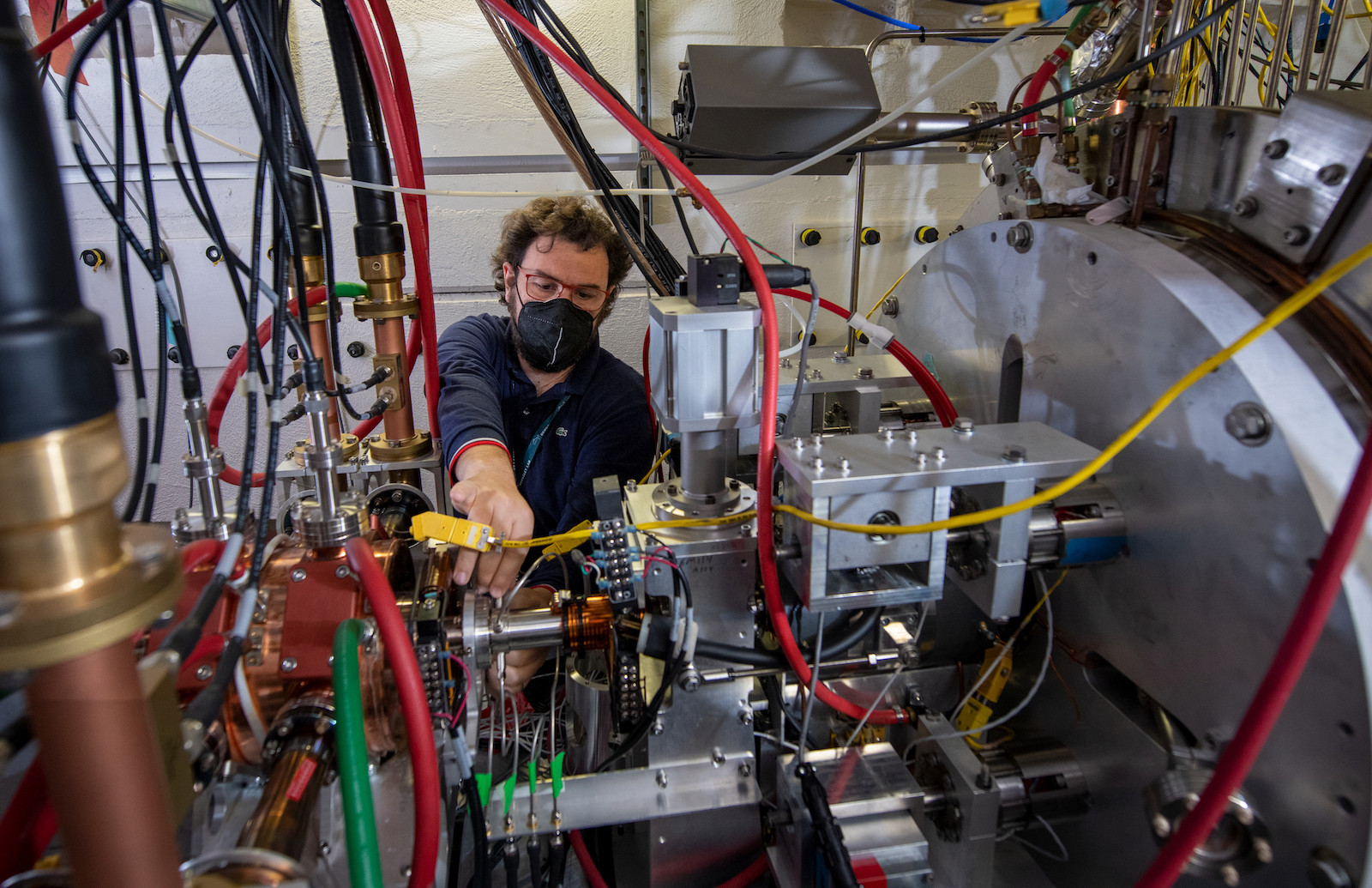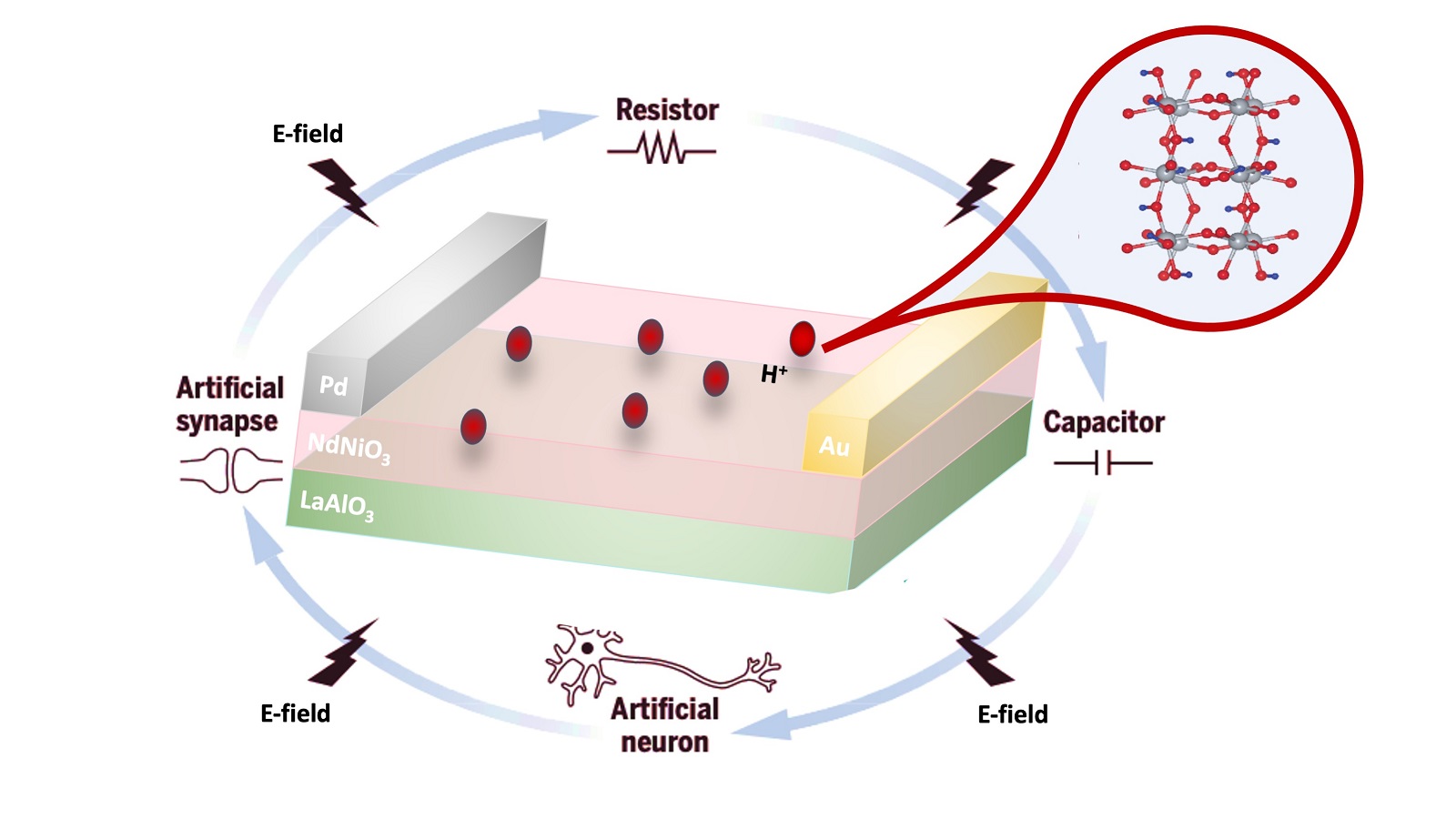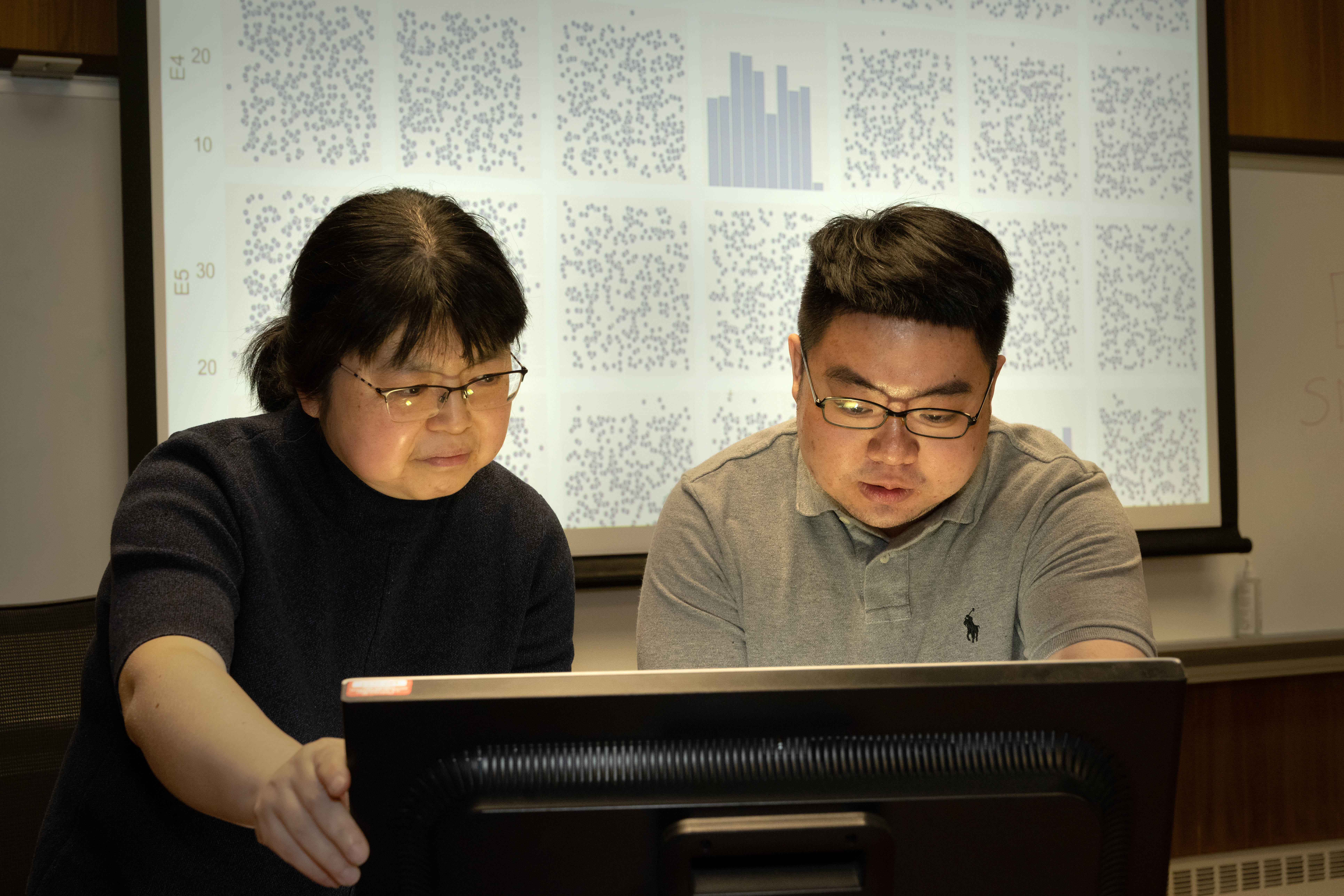In the Journal of Applied Physics, researchers develop a method to identify aortic valve dysfunction using complex network analysis that is accurate, simple to use, and low-cost. They used heart sound data to create a complex network of connected points, which was split into sections, and each part was represented with a node. If the sound in two portions was similar, a line was drawn between them. In a healthy heart, the graph showed two distinct clusters of points, with many nodes unconnected. A heart with aortic stenosis contained many more correlations and edges.
